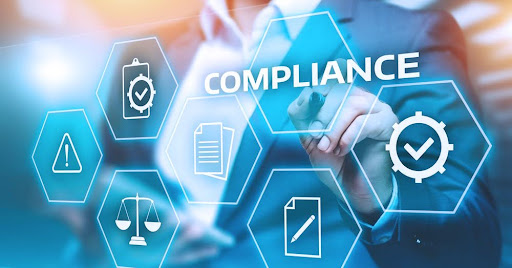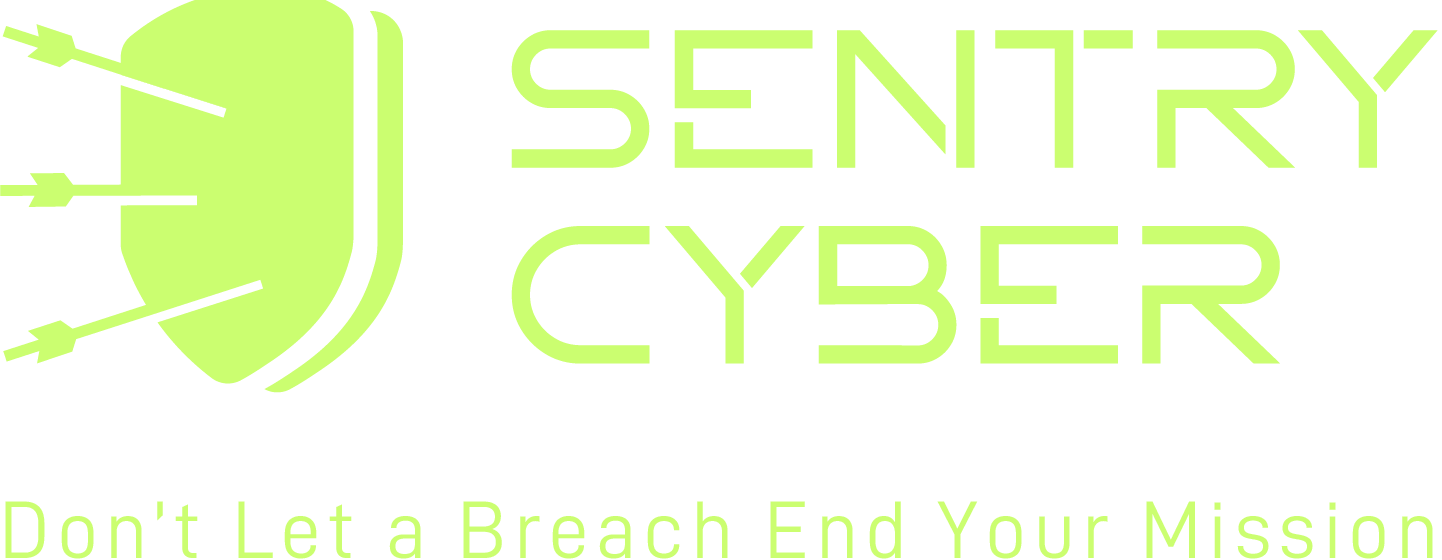
IT security is a critical aspect of business operations in today’s digital age. While many IT administrators have their preferred methods and tools for providing IT security, relying solely on personal preferences can leave businesses at serious risk.
IT compliance frameworks are designed to mitigate this risk by providing well-researched and developed guidelines. These frameworks ensure that IT security is addressed effectively and comprehensively. In this article, we will explore common IT compliance options suitable for Australian businesses and recommend a solid starting point for those looking to strengthen their IT security posture.
Common Compliance Options for Australian Businesses
There are several IT compliance frameworks that Australian businesses can choose from, depending on their specific needs and industry requirements. Some of the common options include:
- Essential Eight: Developed by the Australian Cyber Security Centre (ACSC), the Essential Eight framework provides a baseline of security measures to mitigate cyberattack risks. The framework divides security measures into three maturity levels. Level 1 is the most basic, and Level 3 is the most advanced.
- ISO/IEC 27001: This international standard provides a systematic approach to managing sensitive company information. It does so through the implementation of an Information Security Management System (ISMS).
- NIST Cybersecurity Framework (CSF): Developed by the National Institute of Standards and Technology (NIST), this framework provides guidelines for managing and reducing cybersecurity risk.
- GDPR: The European Union (EU) created the General Data Protection Regulation (GDPR) to strengthen data privacy and protection. Companies processing personal data of EU citizens must comply with GDPR, regardless of their location.
- HIPAA: The Health Insurance Portability and Accountability Act (HIPAA) is a US law that governs the privacy and security of protected health information (PHI). Australian businesses in the healthcare sector or those dealing with US-based healthcare providers may need to follow HIPAA guidelines.
Why Other Compliance Frameworks Can Be Challenging for Mid-Sized Companies
Deploying comprehensive compliance frameworks such as NIST CSF, ISO/IEC 27001, GDPR, or HIPAA can be challenging for mid-sized companies. There are several reasons for this.
- Complexity: These frameworks can be highly complex, with numerous controls and guidelines to follow. For instance, ISO/IEC 27001 consists of 114 controls. GDPR has 99 articles, and NIST CSF includes 108 subcategories. Implementing and managing these frameworks can be overwhelming and time-consuming for mid-sized companies with limited resources and smaller IT teams.
- Cost: Implementing advanced compliance frameworks often comes with significant costs. These costs may include technology investments, consulting fees, and employee training. For mid-sized companies with budget constraints, this can be prohibitive.
- Customization: Tailoring comprehensive frameworks to suit an organization’s specific needs can be complex. Mid-sized companies may lack the in-house expertise or resources to customize these frameworks effectively. As a result, they might end up with suboptimal security measures or non-compliance.
- Maintenance: Compliance frameworks require ongoing monitoring, updates, and audits to ensure continued compliance. This maintenance process can be resource-intensive and challenging for mid-sized companies with limited personnel or budget.
The Essential Eight Level 1: A Strong Foundation
The Essential Eight is a cybersecurity framework developed by the Australian Cyber Security Centre (ACSC). It provides a baseline of security measures that organizations should implement to reduce the risk of cyberattacks.
The framework is divided into three maturity levels. Level 1 is the most basic, while Level 3 is the most advanced. For mid-sized companies beginning their compliance journey, the Essential Eight Level 1 is an excellent starting point. It provides a strong foundation for data protection and security without overburdening the organization with complex controls.
The Essential Eight Level 1 consists of the following eight controls:
- Application Whitelisting
- Patch Applications
- Configure Microsoft Office Macro Settings
- User Application Hardening
- Restrict Administrative Privileges
- Patch Operating Systems
- Multi-Factor Authentication
- Daily Backups
The simplicity, cost-effectiveness, scalability, and focus on key security measures make the Essential Eight Level 1 a practical option. It is also attainable for mid-sized companies with limited resources or expertise.
Conclusion
In conclusion, the Essential Eight framework, with its three maturity levels, provides a scalable and adaptable approach to IT security and compliance for Australian companies.
Level 1 focuses on basic security controls that help organisations build a strong foundation.
At the next stage, Level 2 adds extra protection through application control, blocking malicious web content, and automated patch management.
Finally, Level 3 strengthens security even further with advanced monitoring, proactive threat hunting, and effective incident response capabilities.
By starting with Level 1 and gradually progressing through the levels as their security needs evolve, Australian businesses can effectively address the challenges posed by more complex frameworks. This approach helps them work toward a secure and compliant future.
For more information or to implement the Essential 8 in your organisation, contact us at [email protected] or call 1800526269.
